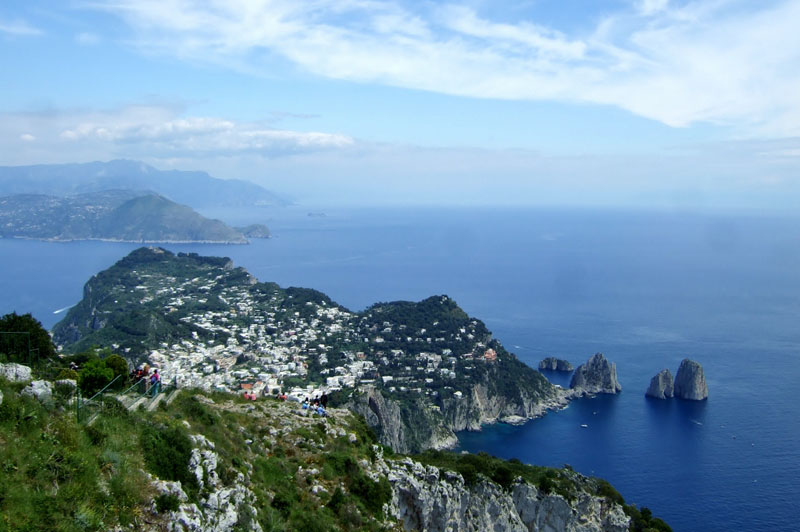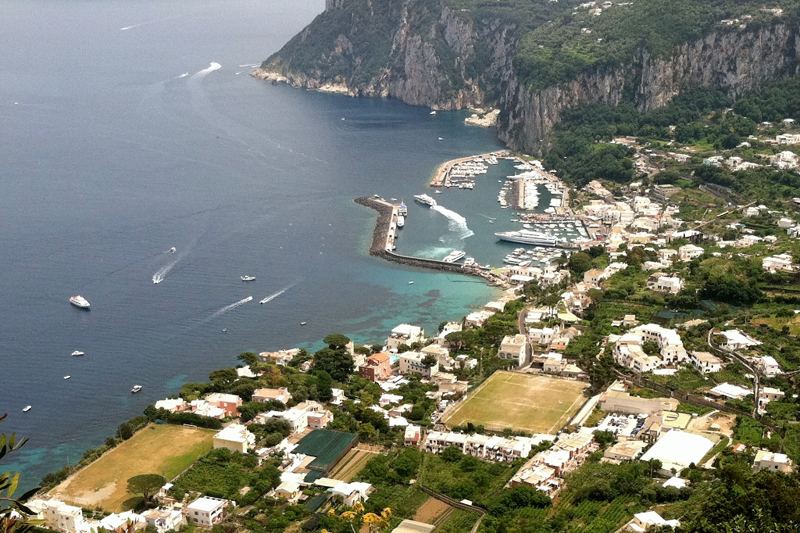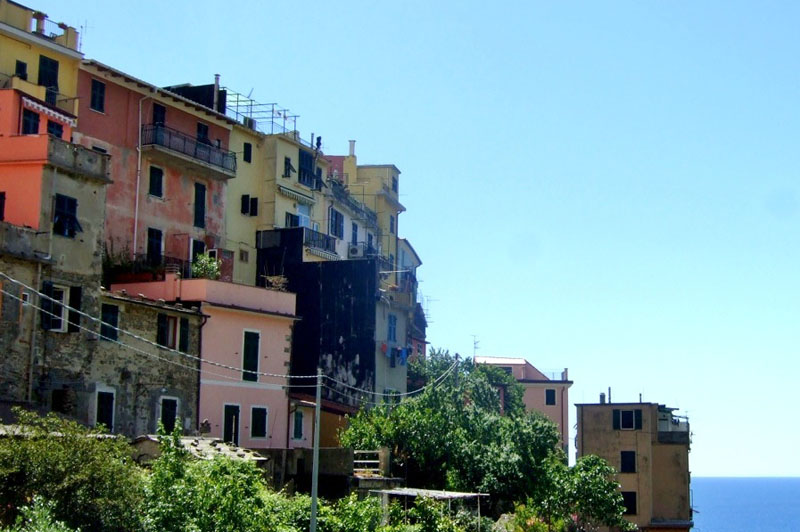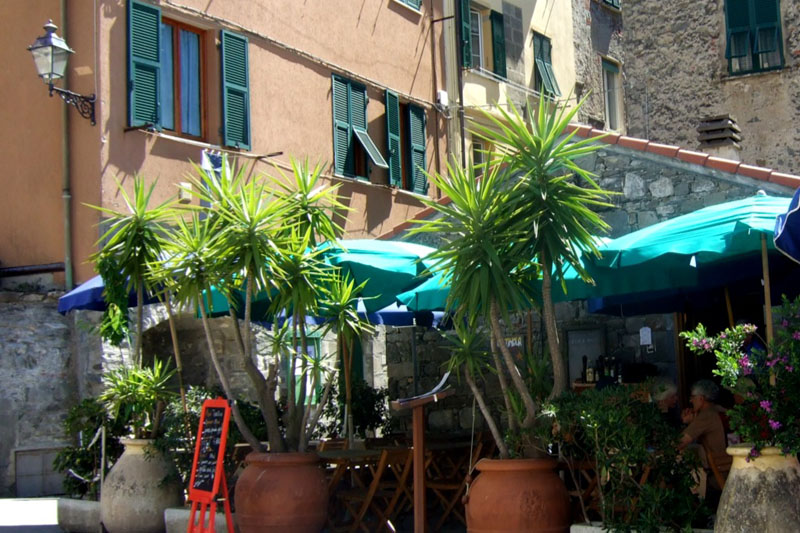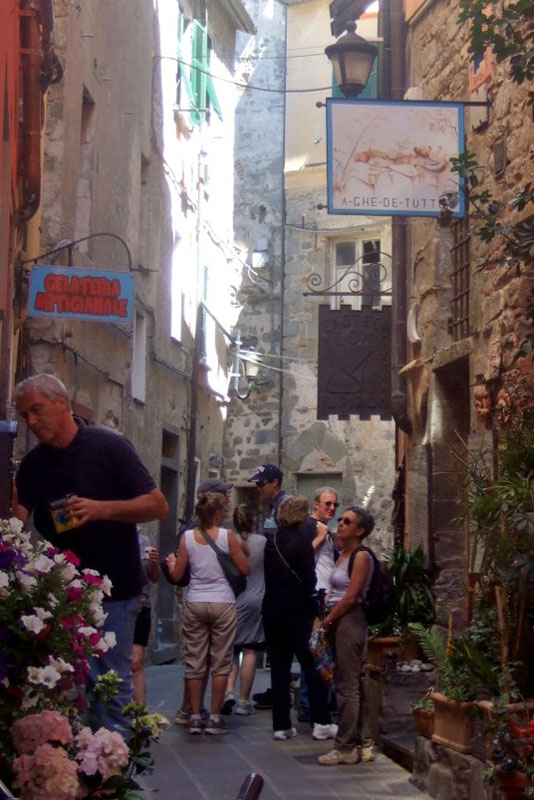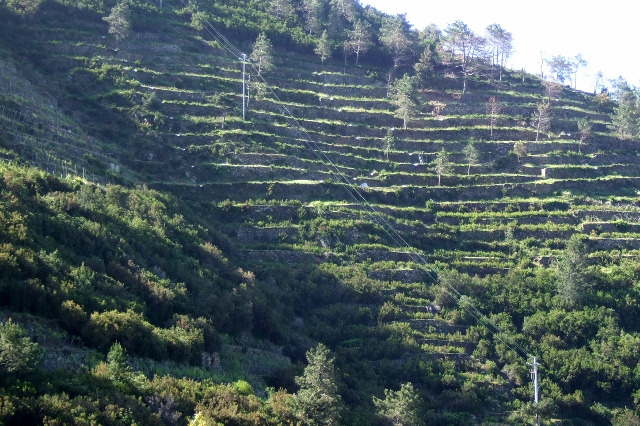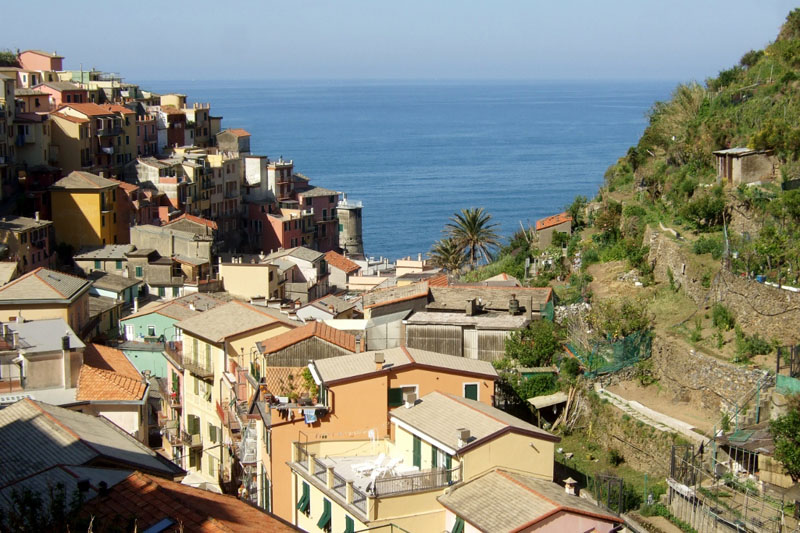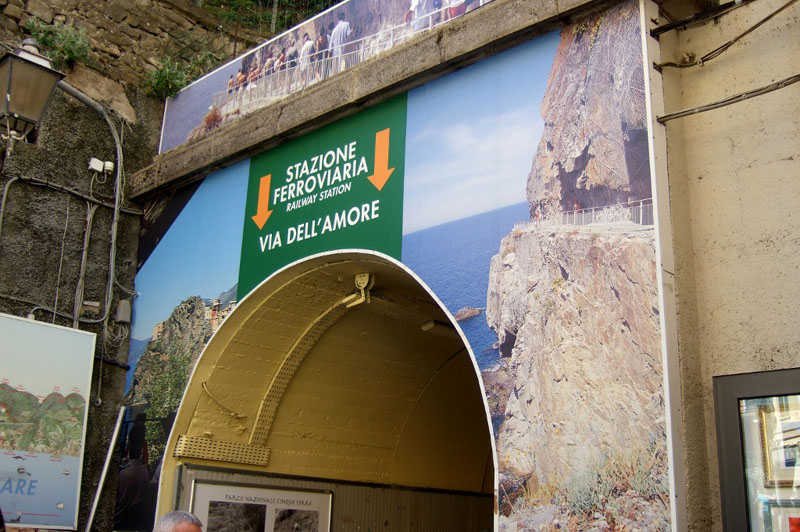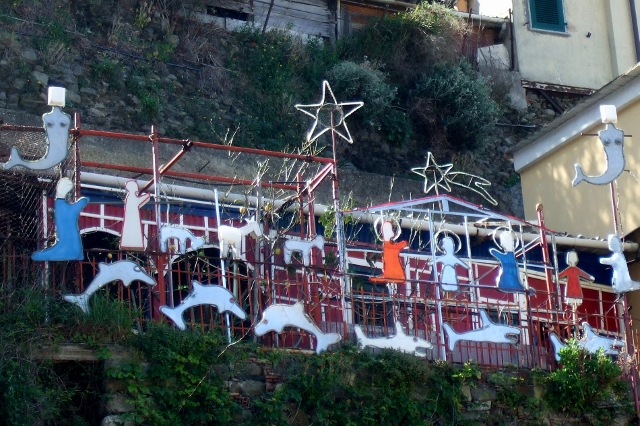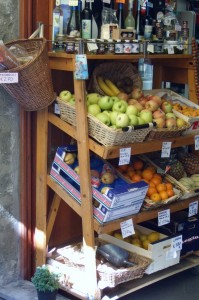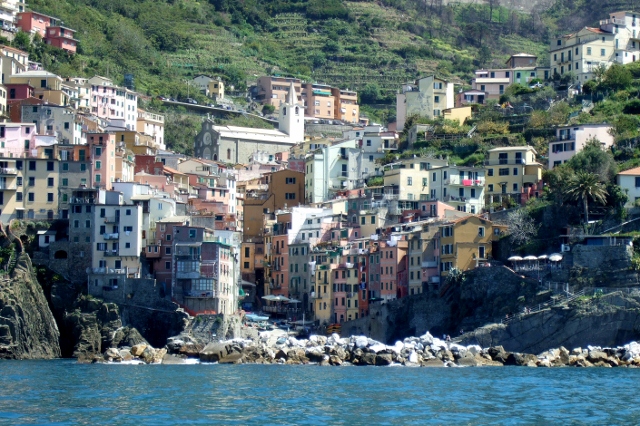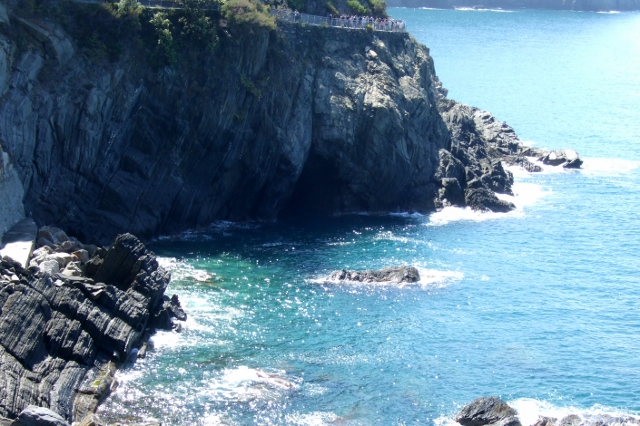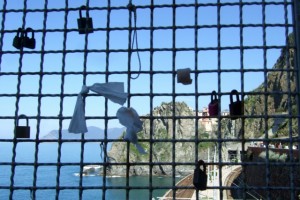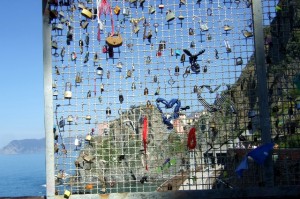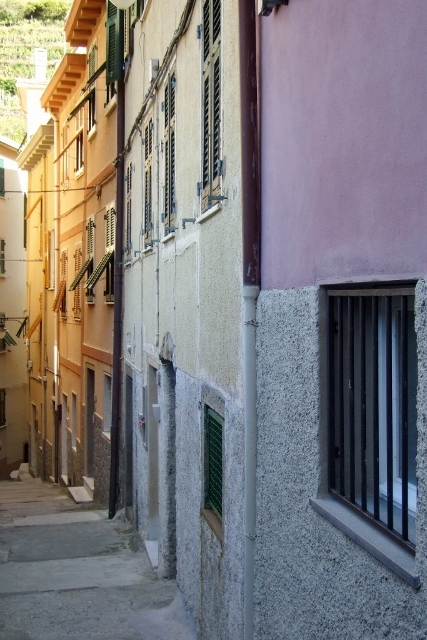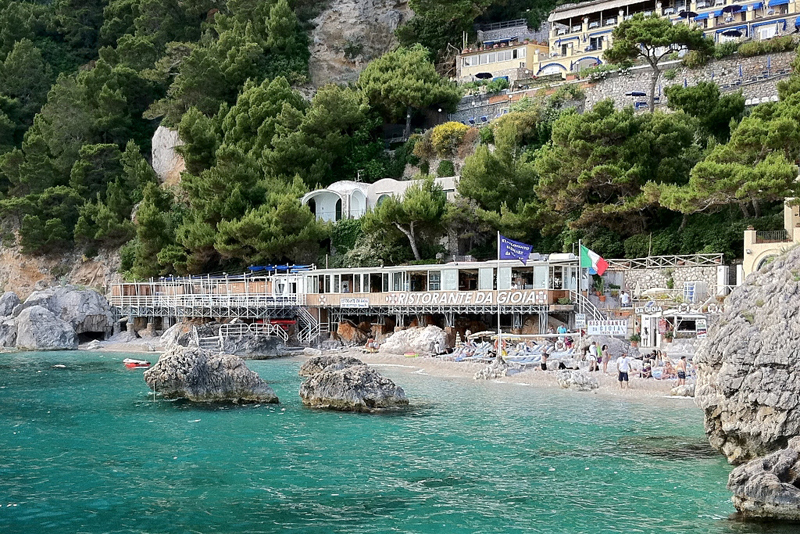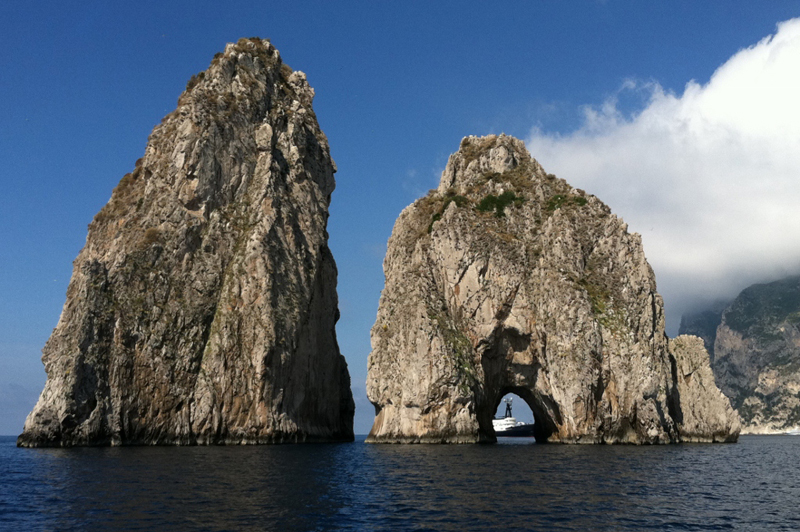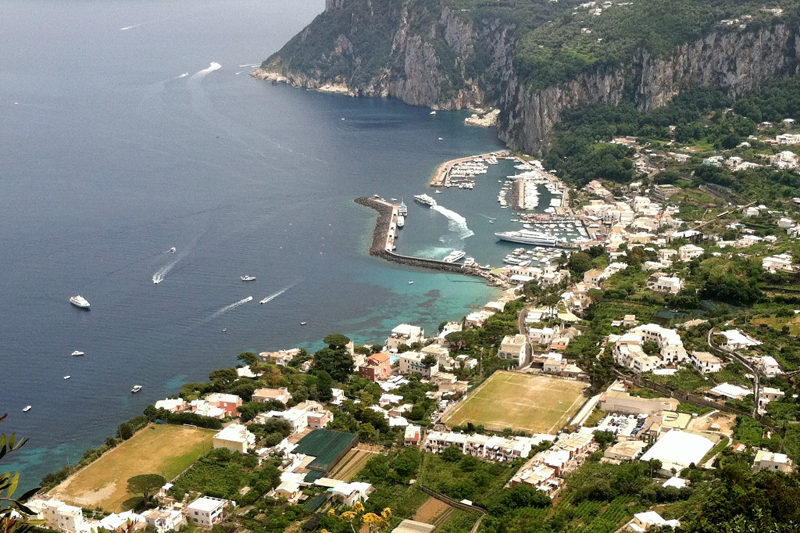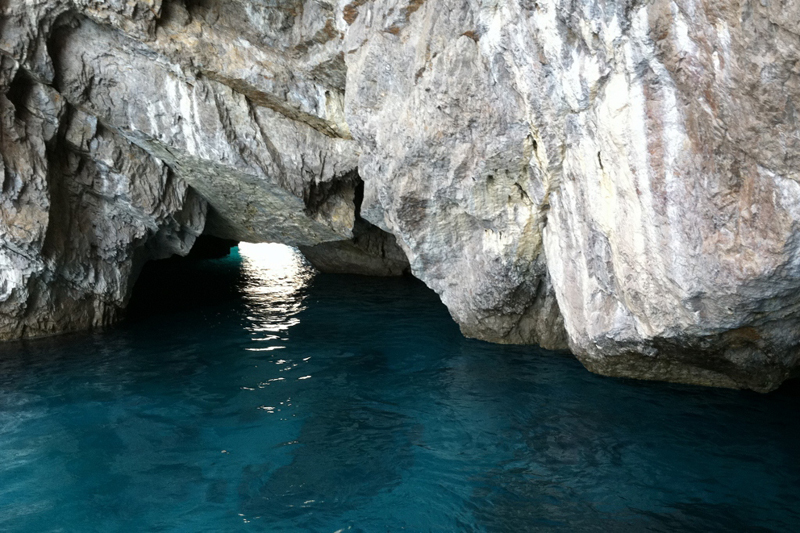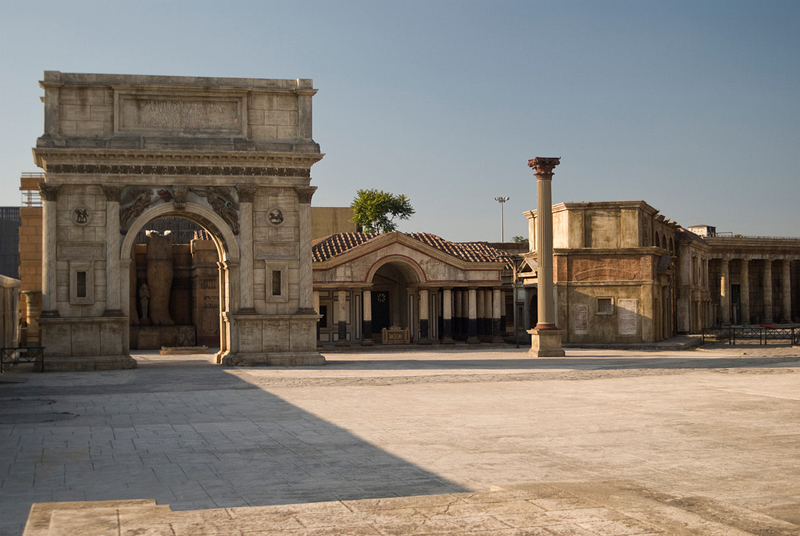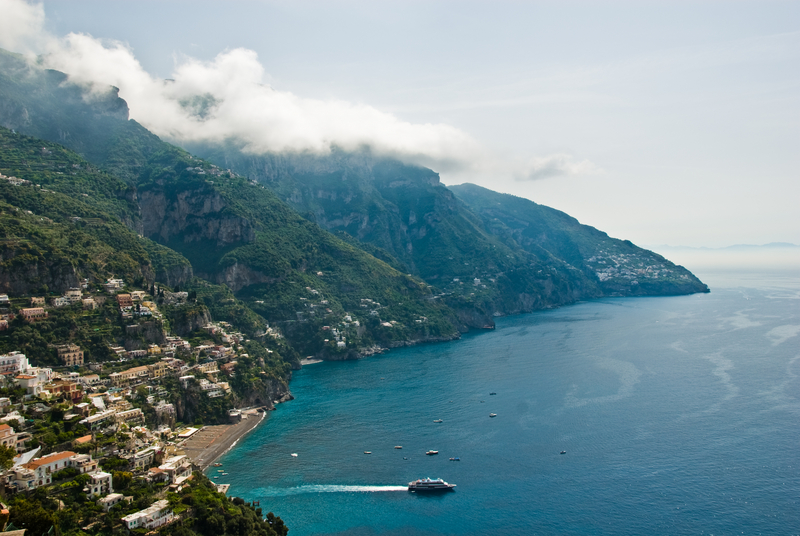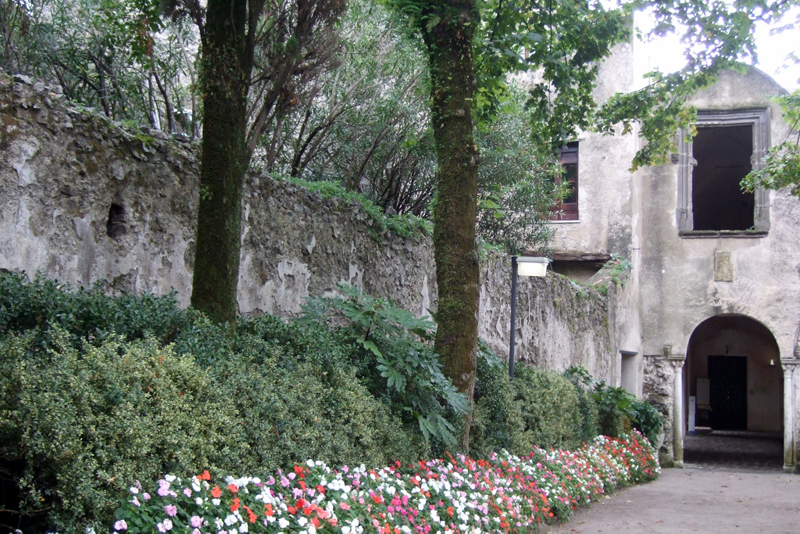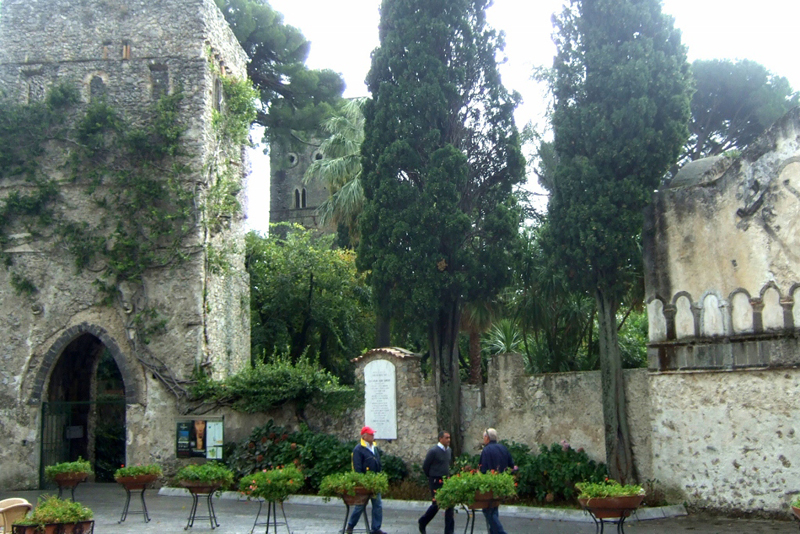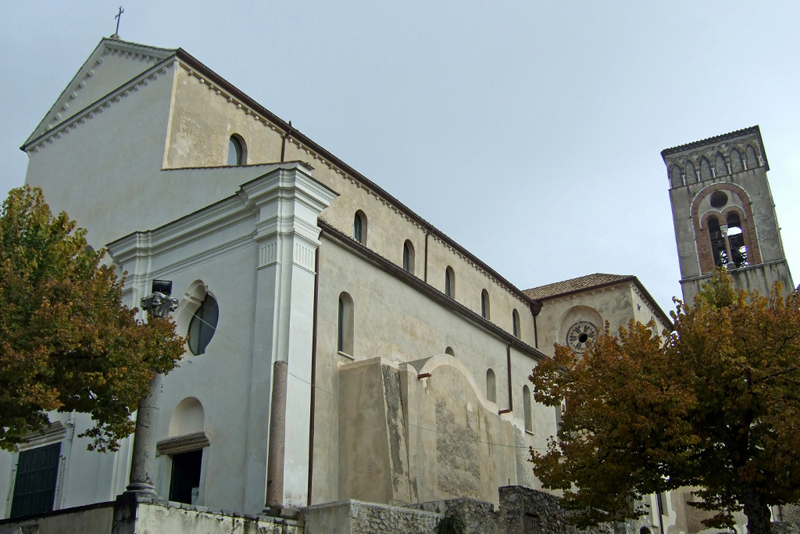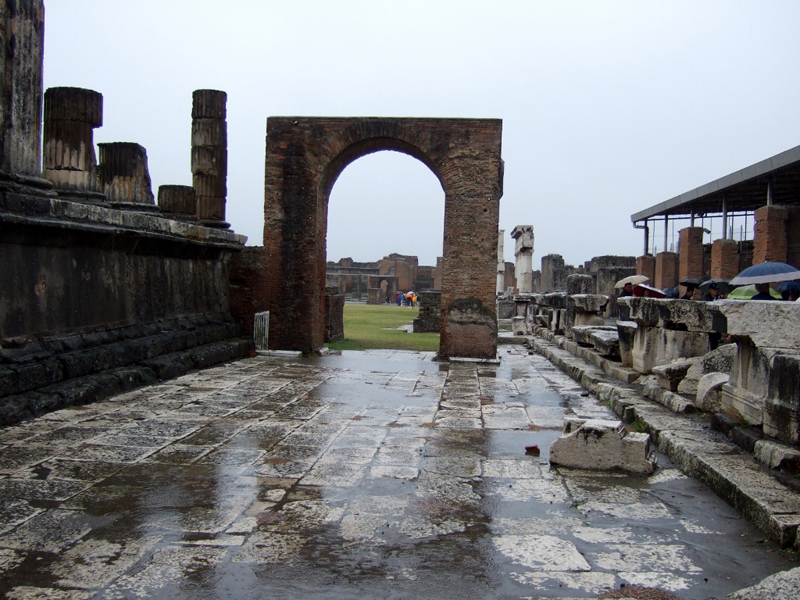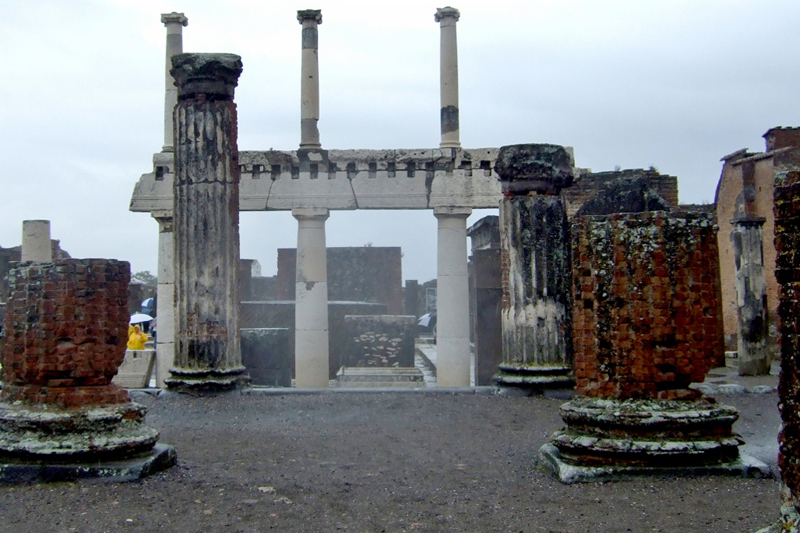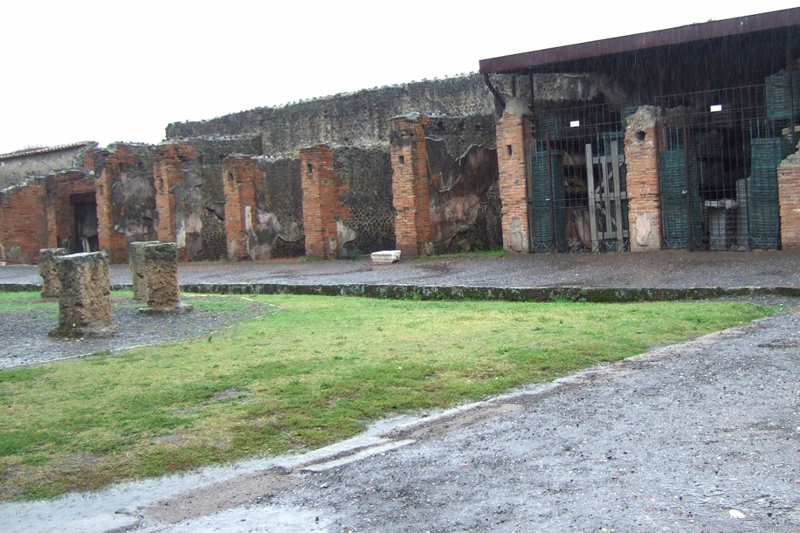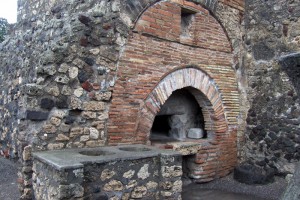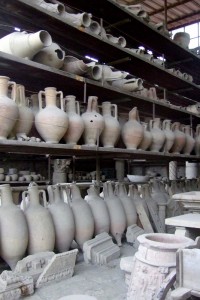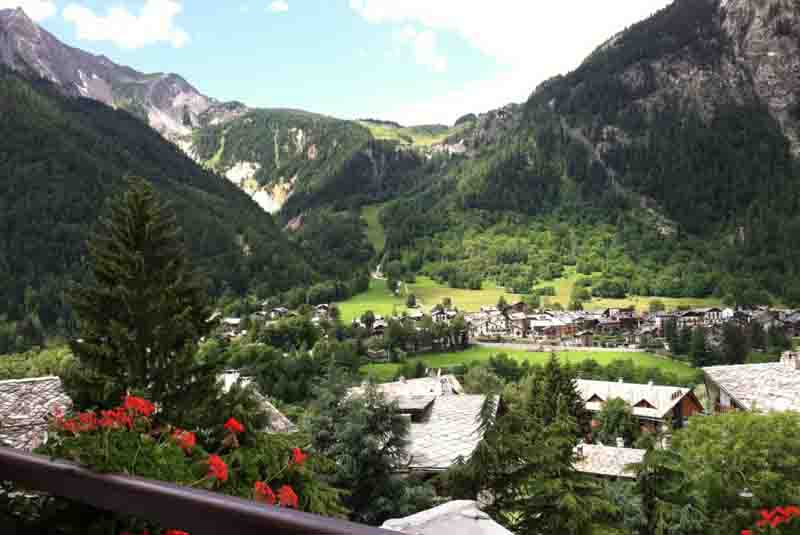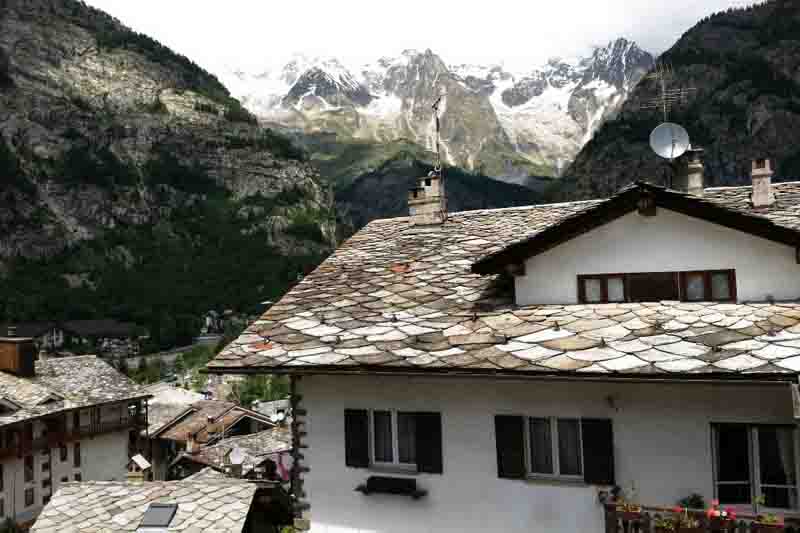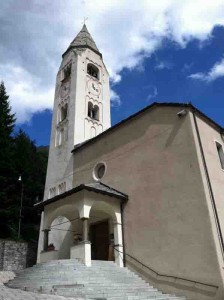Guest Post By: Margie Miklas
One of Verona’s top attractions is Juliet’s balcony, made famous due to the fact that Verona is the setting for Shakespeare’s romantic tragedy, Romeo and Juliet. The marble balcony at Juliet’s house or Casa di Giulietta in Verona is very romantic and attracts so many visitors every day that I was hard pressed to take a photograph of the balcony without someone peering out over it.
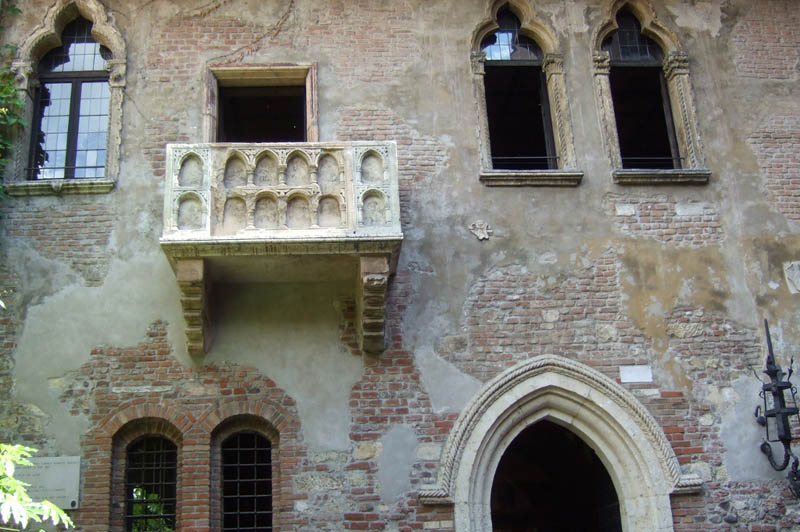 Actually this house was not really Juliet’s house but instead a 14th century medieval building that has been restored. Supposedly the Capuleti family lived here in the 14th century, and later the building which was named “Il Cappello,”was used as a pharmacy and then an inn. The city of Verona bought the building in the early 1900's and the balcony was added in 1936 to attract tourism. In reality Shakespeare’s fictional character Juliet obviously never lived here but the story lives on and visitors flock here by the thousands, especially after the 2010 film, Letters to Juliet.
Actually this house was not really Juliet’s house but instead a 14th century medieval building that has been restored. Supposedly the Capuleti family lived here in the 14th century, and later the building which was named “Il Cappello,”was used as a pharmacy and then an inn. The city of Verona bought the building in the early 1900's and the balcony was added in 1936 to attract tourism. In reality Shakespeare’s fictional character Juliet obviously never lived here but the story lives on and visitors flock here by the thousands, especially after the 2010 film, Letters to Juliet.
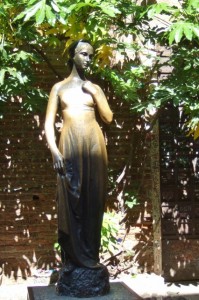 There is a tour of the “house” which is basically a museum for a cost of six euros but I opted to skip it. The balcony and courtyard with the famous bronze statue of Juliet draws the crowds as each person waits his turn to stroke Juliet’s left breast. There is a tradition that says this is supposedly going to bring the person good luck. I skipped that too and lucked out to get a photo of the statue alone, between people eager to touch her.
There is a tour of the “house” which is basically a museum for a cost of six euros but I opted to skip it. The balcony and courtyard with the famous bronze statue of Juliet draws the crowds as each person waits his turn to stroke Juliet’s left breast. There is a tradition that says this is supposedly going to bring the person good luck. I skipped that too and lucked out to get a photo of the statue alone, between people eager to touch her.
One of the gift shops within the courtyard is aptly named Romeo Giulietta and has a nice selection of reasonably priced merchandise with the Romeo Giulietta logo. What caught my eye even more was the other shop which opens into the courtyard also, but this shop features personalized embroidered apparel. As I entered a friendly Italian man asked my name and then promptly embroidered it with a special embroidery capable sewing machine onto a card and gave it to me at no cost.
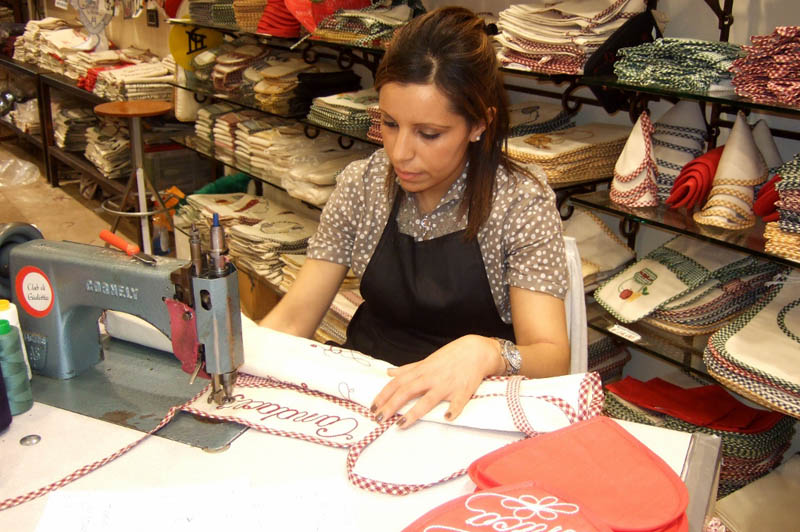 This really is a great marketing strategy, since I liked it so much and was intrigued enough that I spent quite a bit of time browsing around in the shop and actually purchased an embroidered apron as a gift. The young girl at the sewing machine was only too happy to embroider a name of my choosing on the apron which already had the phrase la Regina della Cucina, which translated means the Queen of the Kitchen. There does not seem to be any sign of an economic recession here in this crowded tourist attraction in Verona. Always crowded Juliet’s Balcony is one of the top attractions in Verona and so close to the beautiful Piazza delle Erbe that you have to see it.
This really is a great marketing strategy, since I liked it so much and was intrigued enough that I spent quite a bit of time browsing around in the shop and actually purchased an embroidered apron as a gift. The young girl at the sewing machine was only too happy to embroider a name of my choosing on the apron which already had the phrase la Regina della Cucina, which translated means the Queen of the Kitchen. There does not seem to be any sign of an economic recession here in this crowded tourist attraction in Verona. Always crowded Juliet’s Balcony is one of the top attractions in Verona and so close to the beautiful Piazza delle Erbe that you have to see it.
Guest Post By: Margie Miklas
Follow Margie on her blog at margieinitaly.wordpress.com
